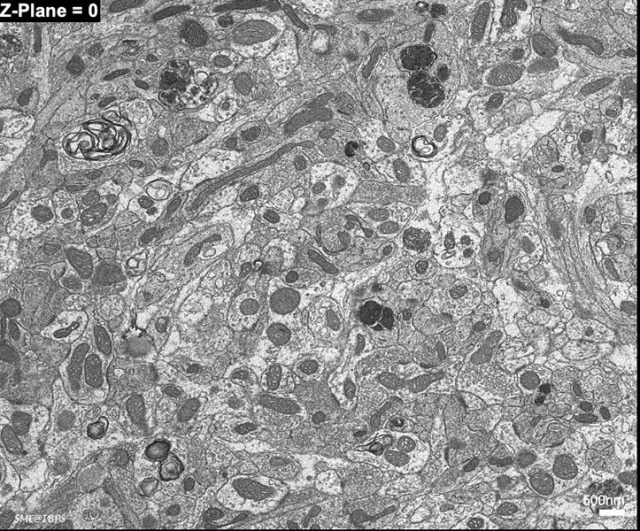/ Core facilities / Electron Microscopy
Computational and Quantitative Biology
- Analytical Genomics
- Gene Network Architecture
- Genome Biology
- Statistical Genomics and Biological Physics
- Mathematical Modeling in Biology
- Telomere & Genome Stability
- Synthetic and Systems Biology of Microalgae
- FIONA - Functional Imaging Of Nuclear Architecture
- Horizontal Evolution of Algal Lifestyles
- Proteome Diversification in Evolution
Biological Adaptation and Ageing
- Photobiology
- Integrative Cellular Ageing and Inflammation (ICAI)
- Eukaryotic Translation
- Compensation systems in neurodegenerative disease and aging (Brain-C)
- Repairing Neuronal Networks (R2N)
- Dynamics of Intracellular Signaling and Therapeutic Targets
- Stem Cells, Cardiovascular pathophysiology and Biotherapies (CARTHER)
- Epigenetics and RNA metabolism in human diseases
- Neurobiology of Psychiatric Disorders
- Neuronal Signaling and Gene Regulation
- Synaptic and Neuroenegertic Networks
- Glial Plasticity and Neuro-oncology
- Neuropharmacology of VGLUTs
- Neurophysiology and Behavior
- Neuronal Networks and Physiopathological Rhythms
- Development of the Spinal Cord Organization
- Neuroplasticity of Reproductive Behaviors
- Axon Regeneration and Growth
- Cerebellum, Navigation and Memory (CeZaMe)
- Development and Plasticity of Neural Network
- Gene Regulation and Adaptive Behaviors
- Formation and Interaction of Neural Networks (FINN)
- Insect Cognitive Neuroethology (ICON)
- Synaptic and network plasticity
Developmental Biology Laboratory
- Seed biology
- Muscle and Tendon Formation and Repair
- C.elegans Heredity and Development
- Cell Cycle and Cell Determination
- Migration and Differentiation of Hematopoietic Stem Cells
- Biology of the Oocyte
- Epigenetic Control of Developmental Homeostasis and Plasticity
- TErBio: Transgenerational Epigenetics & small RNA biology
- Morphogenesis of the Vertebrate Brain
- Induction and Differentiation during Vertebrate Embryonic Development
- Signalling and Morphogenesis
- Compartmentation and intracellular traffic of mRNPs
- Cortical Actomyosin Dynamics in Development and Morphogenesis (CADMO)
- Mechanics of neuronal development
- Dynamic and multiscale processes of auto-organisation in tissue morphogenesis
- Cerebellum development
- Plant Nucleus Dynamics & Signaling







